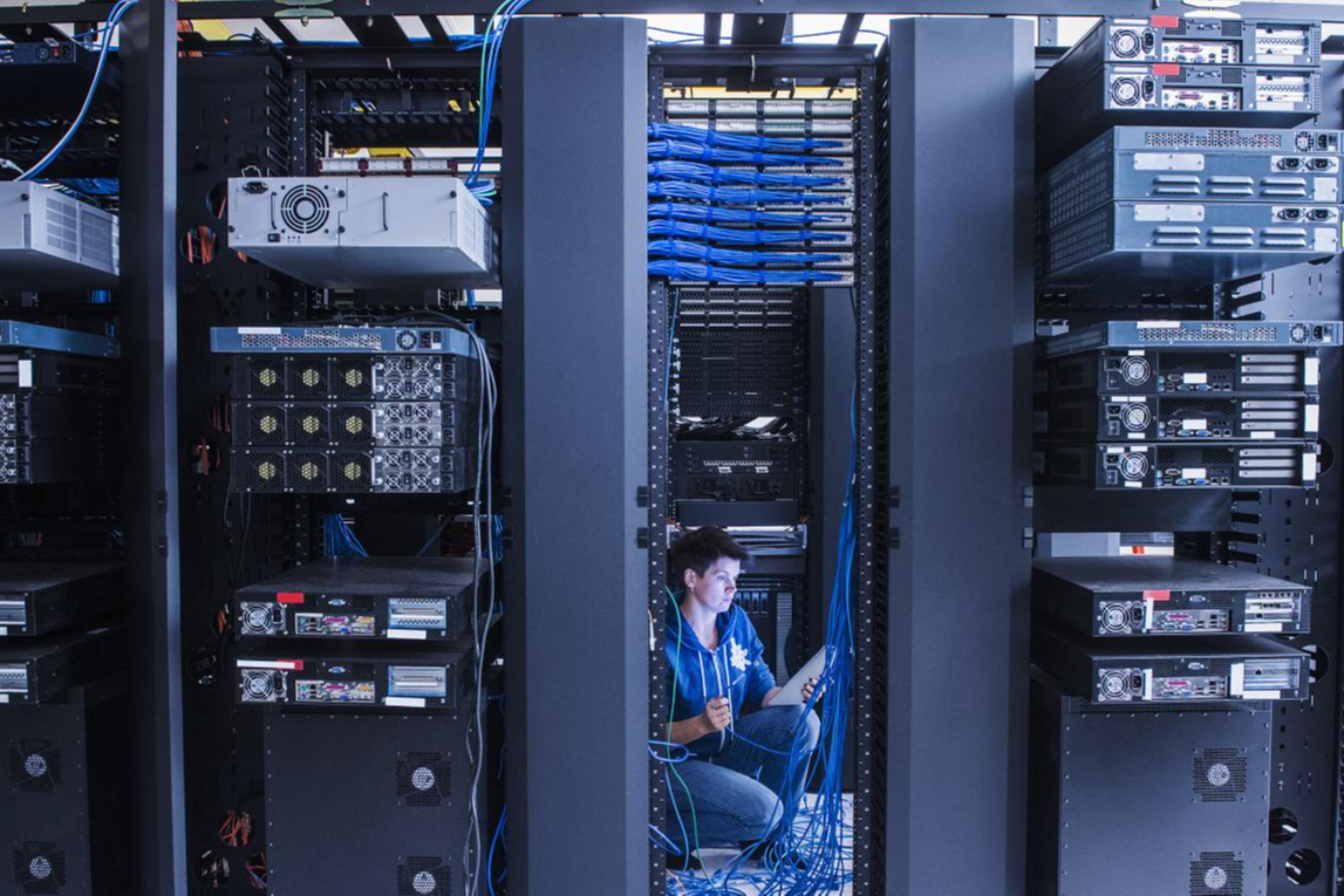EY refers to the global organization, and may refer to one or more, of the member firms of Ernst & Young Global Limited, each of which is a separate legal entity. Ernst & Young Global Limited, a UK company limited by guarantee, does not provide services to clients.
How EY can Help
-
The EY Cyber Incident Resilience and Response solution provides ongoing incident management and uplift services across business lines. Learn more.
Read more
Certain key success factors should be considered for strategic IT and OT convergence to be effective:
- Effective leadership with a clear vision aligns the convergence with the organization’s strategic objectives and guides the transformation journey.
- Fostering a collaborative culture bridges the cultural divide and encourages mutual understanding between the IT and OT teams.
- Skill development and training are crucial to equip the workforce with the necessary skills for a smooth transition.
- Harnessing data integration and analytics transforms raw data into actionable insights to drive efficiency and decision-making.
- Robust cybersecurity controls protect the integrated system from potential cyber threats.
- Flexible and scalable infrastructure facilitates adaptability to evolving technologies and growth.
- Compliance with regulatory standards helps the organization prevent potential violations and avoid penalties.
- Effective change management — involving communication, training and addressing resistance to change — drives a smoother transformation.






